Discipline - Hopping Peatlands and Wetlands Working group: Workshop II
Published: 25 August 2022
The second workshop of this NERC funded “Discipline Hopping Peatlands and Wetlands Group”
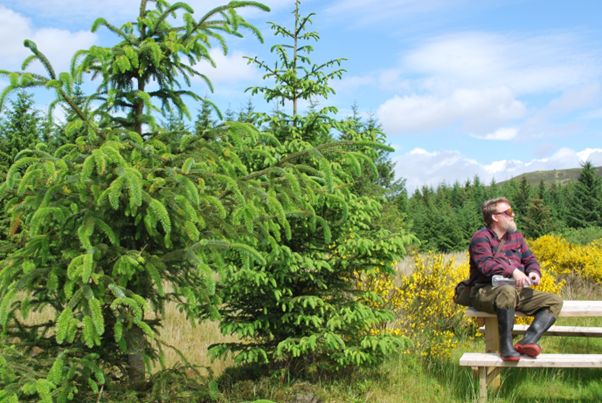
The NERC funded “Discipline Hopping Peatlands and Wetlands Group” met for a second workshop on June 15-16, along the banks of Loch Lomond at the Scottish Centre for Ecology and the Natural Environment (SCENE). The interdisciplinary group of artists, an art historian, archaeologists, biologists, and environmental scientists continued the threads of discussion about the scientific and cultural value of peatlands highlighted from the first event at the National Galleries of Scotland. The emphasis in this session was to further explore the significance of peatlands as a significant carbon reservoir – an effective sponge that locks in an estimated 3.2 billion tonnes of carbon in the UK alone (see UK Centre for Ecology & Hydrology)
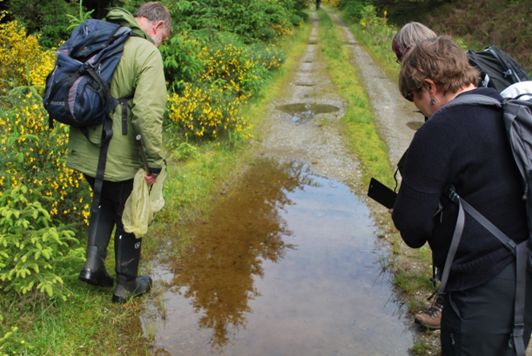
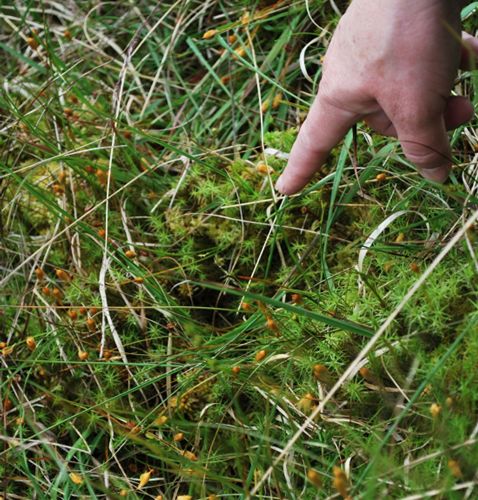
The group arrived at Cashel Forest, situated within Loch Lomond & The Trossachs National Park, on the morning of June 15 and connected with Cashel Forest Trust Ranger Emma Sandhu - our guide to the peatlands, and her colleagues. After a short hike - and a few stops to view the local flora and fauna, including milkwort and sundew plants, several moths and butterflies, and newts and water skater insects, and to listen to a cuckoo singing in the forest area - we arrived at the open expanse of peatland where the archaeologists and geochemists got to work.
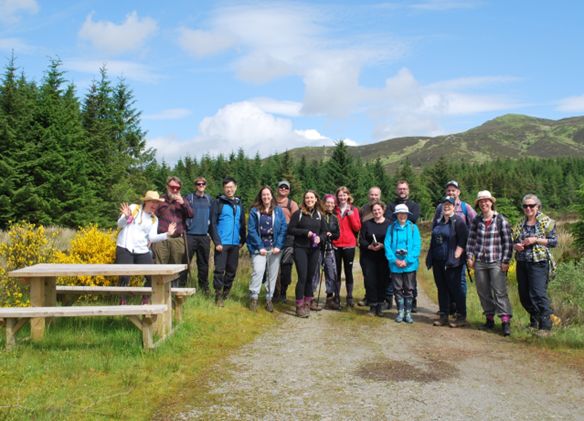
Dr Michael Muir, Prof Jaime Toney, and archaeology technician Aristotelis Palyvos demonstrated how to use a Russian corer – generally used for sampling deeper layers of peat. Russian corers have a semi-cylindrical chamber and a blade that twists to cut the peat to create a sample while minimising disturbances to the peatbogs when inserted (see Aquatic Research Instruments).
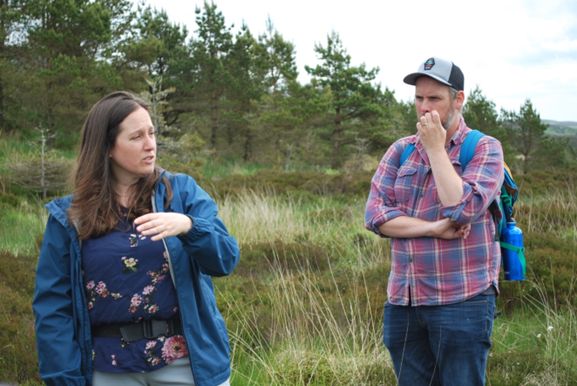
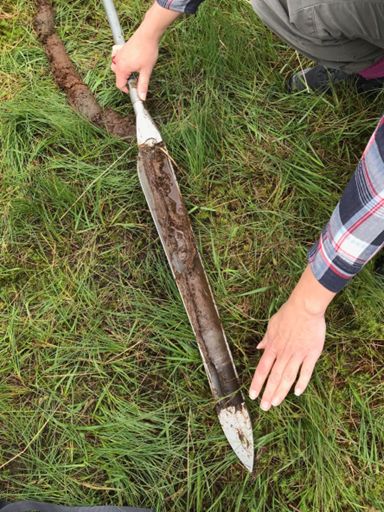
The Russian type of corer allowed the demonstrators to core about 50cm at a time to collect each sample. Within those samples, the participants were able to observe that the peat at the base of the core was the most degraded but it was still possible to make out the fibrous plant structures it contained. The plant structures, due to the complex environment of the bog, have been preserved due to waterlogging and the acidic nature of the bog. While it’s difficult to pinpoint the exact age of the sample without further methods of testing - such as radiocarbon dating - Prof Jaime Toney estimated that it would give a snapshot of the environment about 5000 years.
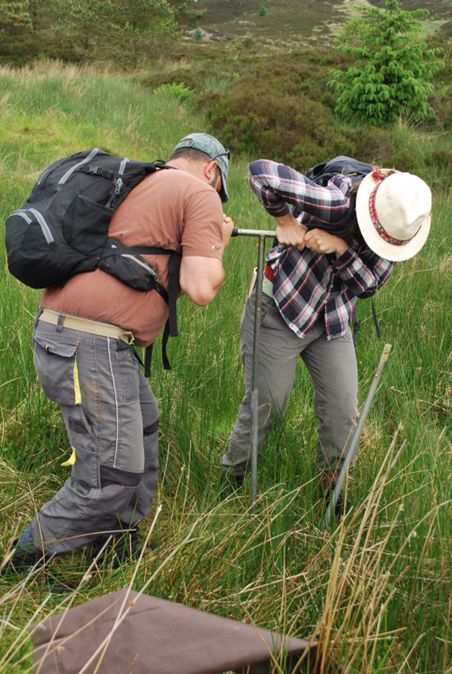
After an afternoon of peat coring, the group returned to SCENE for dinner and some light conversation and recap – with the benefit of now having been ‘in the field’ - about the painting, prints, and photographs explored during the first workshop at the National Galleries of Scotland.
The morning of the 16 saw the group dive straight into discussion about impressions from the previous day’s fieldwork. The group had been asked to send in contributions – a photo, a quote, even a poem, about the field work experience. This exercise was an apt lead into the session led by Kate Foster, an environmental artist based in Scotland and The Netherlands, whose projects highlight connections between ecology, sustainability, and creative practice. Kate led the group in an activity pushing its members to think a bit harder about the impact of humankind on peatland/wetland and summarising the emerging themes that have arisen so far from the last two events. Themes like: the workshop mechanics, how to interpret and engage with peatlands, how to put research into action.
The group then had the opportunity to hear talks from archaeologist and artist Dr Rose Ferraby, Hunterian Museum curator Andy Mills, and a further presentation by Kate Foster. All these presentations highlighted the understanding of the far-reaching cultural impact of the peatlands, and their ever-changing public perception within the historical and artistic spheres.
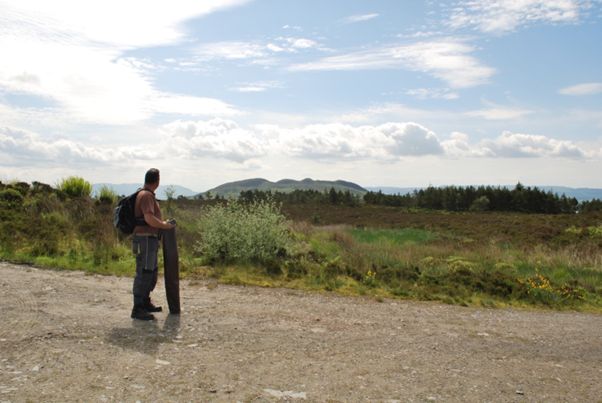
The two days prompted new threads of dialogue and discussion with artists and scientists alike, while highlighting the critical role of wetlands and peatlands in climate mitigation, water security, and health and wellbeing. With a better understanding and appreciation of cultural and historical aspects of a landscape, this can lead to follow-on and more informed policy decisions about its conservation today. The third event planned for the discipline- hopping group focuses on the hard sciences – plant biology, geochemistry, and biochemistry, to round out the cross-disciplinary approaches to understanding the value of peatlands.
First published: 25 August 2022
<< 2022
Related Links:
- Peatlands and Wetlands Discipline Hopping Working group: Workshop I
- Professor Nicki Whitehouse's staff profile
- Dr Nicole Smith's staff profile
- Dr Gareth Beale's staff profile
- Professor Clare Willsdon' staff profile
- Bright Edge Deep project
- Scottish Centre for Ecology and the Natural Environment
- NERC

